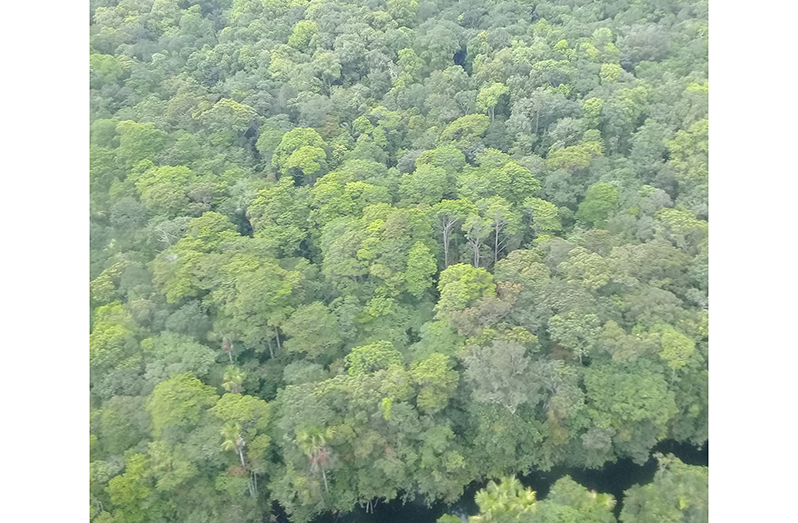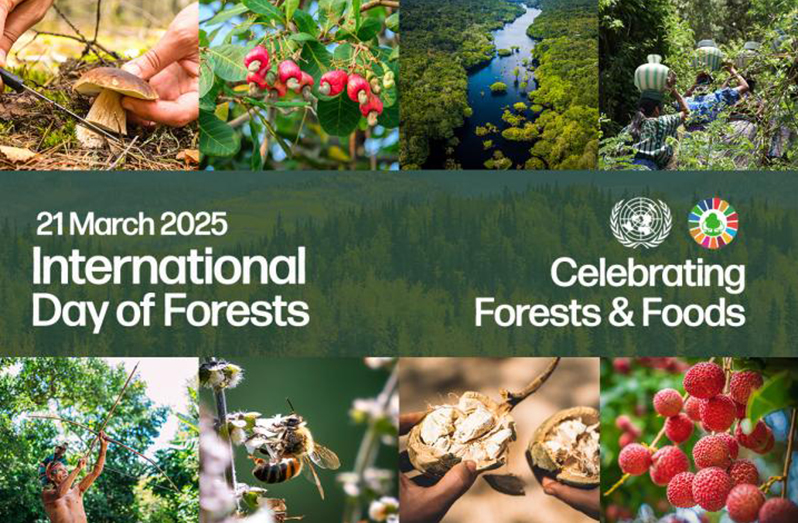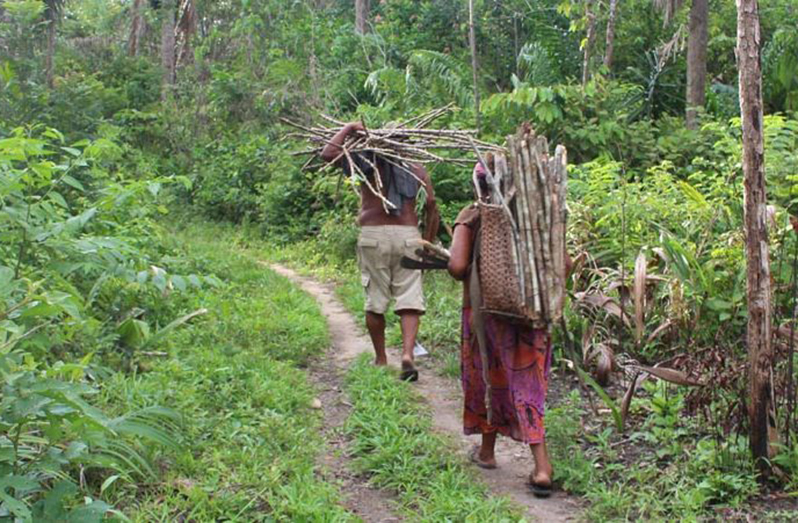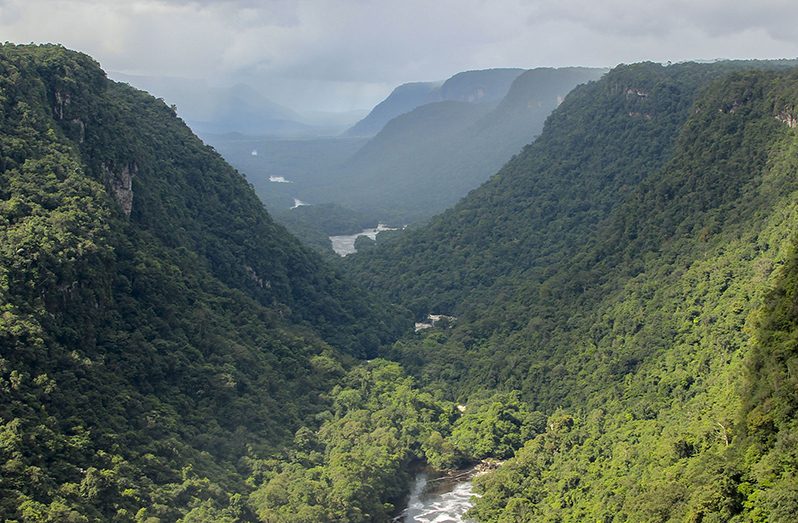EVERY year, on March 21, the world observes International Day of Forests, a time to reflect on the invaluable role forests play in sustaining life. This year’s theme, “Forests and Food,” highlights how forests contribute to food security, nutrition, and livelihoods—especially in a country like Guyana, where our forests are a vital part of our daily lives.
 Forests: A Vital Source of Food and Nutrition
Forests: A Vital Source of Food and Nutrition
Guyana’s forests are more than just lush greenery—they are a vital source of food and sustenance for many communities, particularly Indigenous and rural populations. Our forests provide an abundance of fruits such as awara, kukrit, hog plum, and sapodilla, which are enjoyed both fresh and in traditional dishes. Nuts like cashews and Brazil nuts are also harvested, while wild honey collected from the forest serves as a natural sweetener valued for its health benefits.
Beyond plant-based foods, forests also support traditional food sources such as labba, deer, and wild-caught fish like hassar and pacu, which are essential to many Indigenous diets. Cassava, grown in and around forested areas, is a staple ingredient used to make farine and cassava bread, both of which have been key components of Guyanese cuisine for generations.
Our forests are not just crucial for food security—they also play an important role in Guyana’s eco-tourism sector. Visitors to places like the Iwokrama Rainforest, Kanuku Mountains, and the Rupununi savannahs can experience forest-based cuisine firsthand—whether it’s enjoying a traditional Indigenous meal or tasting fresh tropical fruits straight from the trees.
By protecting our forests, we are safeguarding a natural food source, cultural heritage, and a key part of our country’s sustainable future.
 Why Forests Matter Beyond Food
Why Forests Matter Beyond Food
Forests do much more than provide food. They regulate our climate, store carbon, purify air and water, and serve as habitats for diverse wildlife. In Guyana, where forests cover more than 85% of our land, they also play a crucial role in our economy, supporting industries such as forestry, tourism, and research.
However, forests are under threat from illegal logging, mining, and deforestation. Sustainable forest management is key to ensuring that future generations continue to benefit from these resources. This is why agencies like the Environmental Protection Agency (EPA) and the Guyana Forestry Commission (GFC) work to enforce environmental laws and promote responsible forest use.
The Role of the EPA in Protecting Guyana’s Forests
The EPA plays a critical role in ensuring the sustainable management of Guyana’s forests. Through environmental regulations, monitoring, and enforcement, the Agency ensures that activities such as logging, mining, and large-scale agriculture do not lead to irreversible damage.
The EPA also focuses on environmental education and awareness, working closely with communities to promote conservation efforts. By educating the public on the value of forests and how they can be sustainably managed, the Agency helps ensure that both present and future generations can continue to rely on forest resources.
 How You Can Help
How You Can Help
Every Guyanese has a role to play in protecting our forests. Here are a few simple ways you can contribute:
Support sustainable products by choosing ethically sourced wood and forest-based products.
Reduce waste and recycle where possible to minimise environmental pollution.
Learn more about forest conservation efforts and share this knowledge with others.
Get involved in tree planting activities to help restore degraded forest areas.
Celebrating International Day of Forests in Guyana
As part of the International Day of Forests 2024 celebrations, the EPA will be participating in an exhibition hosted by the Guyana Forestry Commission (GFC). This event will showcase the importance of forests in Guyana and allow the public to engage with experts on forest conservation and sustainable management. We encourage everyone to visit and learn more about how we can work together to protect our environment.
Follow EPA on Facebook and Instagram to stay updated on our activities, projects, and ways you can get involved. Let’s continue working together to preserve our forests, ensuring they remain a thriving source of food, livelihood, and biodiversity for generations to come!



.jpg)








